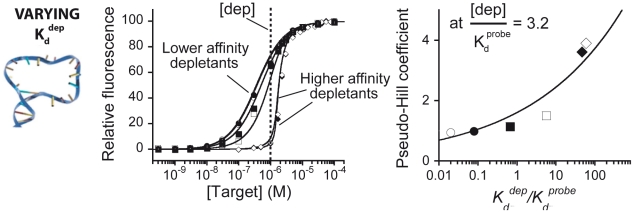Figure 3. The relative affinities of the depletant and probe play a crucial role in generating ultrasensitivity.
For example, if, as is true here, [dep]/Kdpro be = 3.2, we only achieve significant sensitivity when the affinity of the depletant is at least 10 times greater than that of the probe. (Left) To demonstrate this we present here binding curves obtained with a medium affinity molecular beacon (2GCprobe, Kdprobe = 310 nM) in the presence of depletants ranging in affinity from 5.2 nM to 3 µM (the depletants are, from right to left: 0GCdep, 1GCdep, 2GCdep, 3GCdep, 4GCdep and 5GCdep). Higher affinity depletants (0GCdep, 1GCdep), those with dissociation constants at least 10 times lower than that of the probe, produce clear, ultrasensitive responses. In contrast, depletants with affinities similar to (2GCdep, 3GCdep) or poorer than (4GCdep and 5GCdep) that of the probe produce little improvement in sensitivity. (Right) As demonstrated above the experimentally observed pseudo-Hill coefficients compare well with the theoretically modeled values (solid line). Again, the solid lines in these panels are not fits. Rather they are estimates taken directly from equation 2 (and using the known dissociation constants of the relevant probes and depletants) without the use of any fitted parameters.

